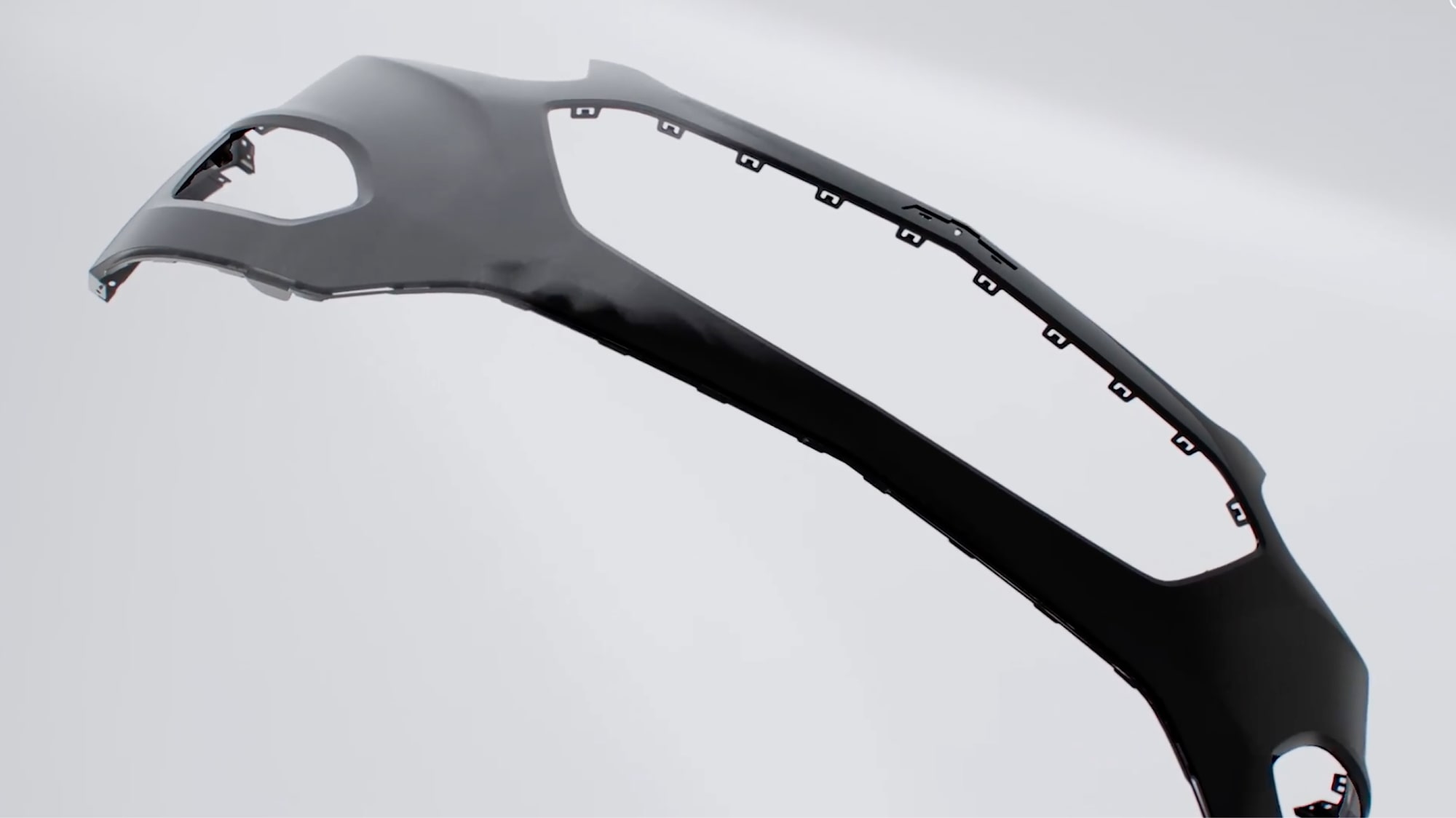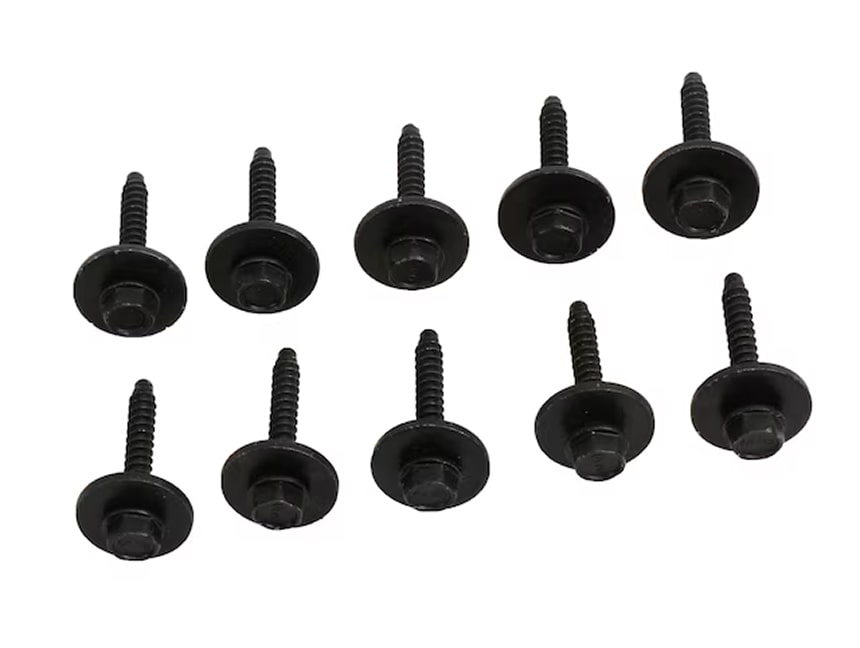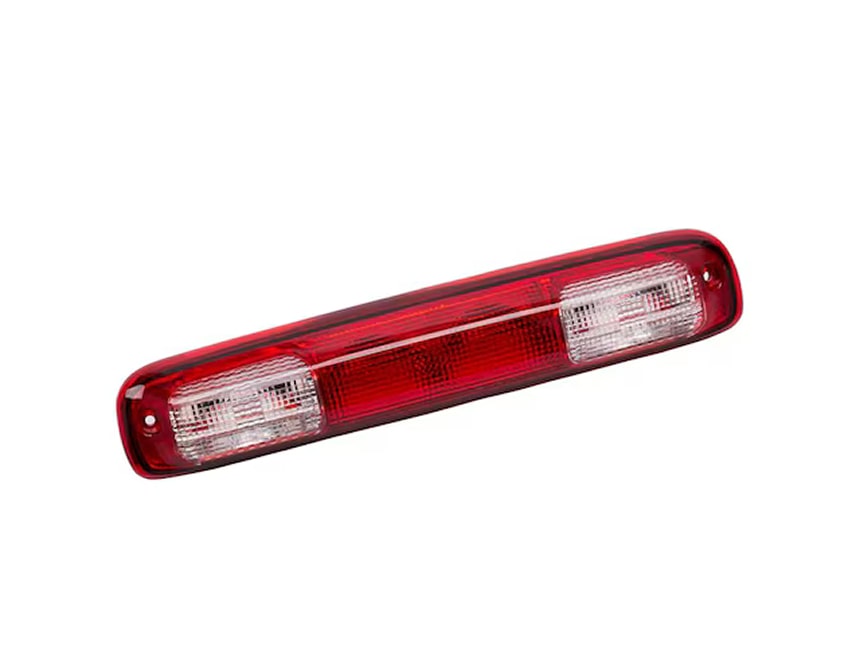KNOW YOUR BUMPERS & FASCIAS
Bumpers and fascias have come a long way as vehicle designs, safety and Advanced Driver Assistance Systems (ADAS) have advanced. Many now include sensors, cameras, and other built-in technology that may need special care or professional calibration.
Here’s a quick look at how bumpers and fascias have changed on the Chevrolet Silverado 1500 and why some repairs might call for professional help.
FIRST GENERATION
(1999–2006)
Design Details
Similar across all trims; refreshed styling depending on year
Calibration Needs
None
SECOND GENERATION
(2007–2013)
Design Details
With or without fog light cutouts, depending on trim
ADAS Integration
Later models with rear park assist sensors on some trims
Calibration Needs
None
THIRD GENERATION
(2014–2018)
Design Details
Rear CornerStep bumper added
ADAS Integration
Radar and ultrasonic sensors; Forward Collision Alert integration on some models
Calibration Needs
Required
FOURTH GENERATION
(2019–Present)
Design Details
Unique bumpers/fascias per trim, with additional trims added in 2022
ADAS Integration
Extensive suite of ADAS features
Calibration Needs
Professional calibration required
HELP ENSURE SAFETY BEFORE HITTING THE ROAD
Even minor body damage or glass replacement may result in damage to one or more safety-related systems on a vehicle. If you haven’t replaced sensors or other related Advanced Driver Assistance System components, a test for diagnostic trouble codes is recommended.
If sensors or safety-related equipment have been replaced, calibration for them is required for optimal safety and performance. Have it performed at a GM Collision Repair Network shop.
BUMPER & FASCIA REPAIR GUIDE
Tackling the repair yourself? The procedures vary by model, but here are the basic steps in removing and replacing a bumper or fascia on your GM vehicle.
1 of 6
REMOVE TRIM AND COVERS
Remove necessary trim or covers on the bumper/fascia, including fender liners that may be attached on the back or sides and/or a radiator shield under the hood that may be attached to the fascia. Use a trim removal tool (also known as a fork) to prevent damaging plastic fasteners.
2 of 6
DISCONNECT ELECTRICAL
Unplug fog lights, parking sensors, trailer plug wiring, radar modules, etc., as applicable. Secure harnesses out of the way, so they will not be pulled when the bumper/fascia is removed.
3 of 6
REMOVE BOLTS AND BRACKETS
Remove the bolts and/or brackets connecting the bumper or fascia to the vehicle’s body. There are often fasteners hidden from obvious view. Generally, sockets from 10mm-18mm are required.
4 of 6
REMOVE AND REPLACE
Pull the bumper or fascia straight away from the body. Fascias are also typically secured with additional snap fasteners or clips. A second person may be helpful to remove heavier truck bumpers. Installation of the replacement component is the reverse of removal.
5 of 6
REASSEMBLE AND TEST FIT
Transfer sensors, brackets, fog lights, etc., to the new bumper or fascia and bolt it on the vehicle. Reconnect electrical harnesses and reinstall the covers and shields. Check the function of fog lamps or other lighting that may have been removed and reinstalled.
6 of 6
SCAN OR CALIBRATE
In a vehicle with integrated advanced safety technologies, visit a GM Collision Repair Facility for:
- Diagnostic scanning of the lighting and advanced safety systems
- Calibration of sensors such as parking, trailer, blind spot, radar and more.
- Confirmation of system readiness and recording of calibration logs for warranty coverage.
BUMPER & FASCIA REPLACEMENT FAQ
Before tackling a collision repair yourself, be clear about the parts you’re using and the effects the repair may have on the vehicle’s safety systems. We’ve compiled a quick list below of the most common questions answers about DIY repairs.
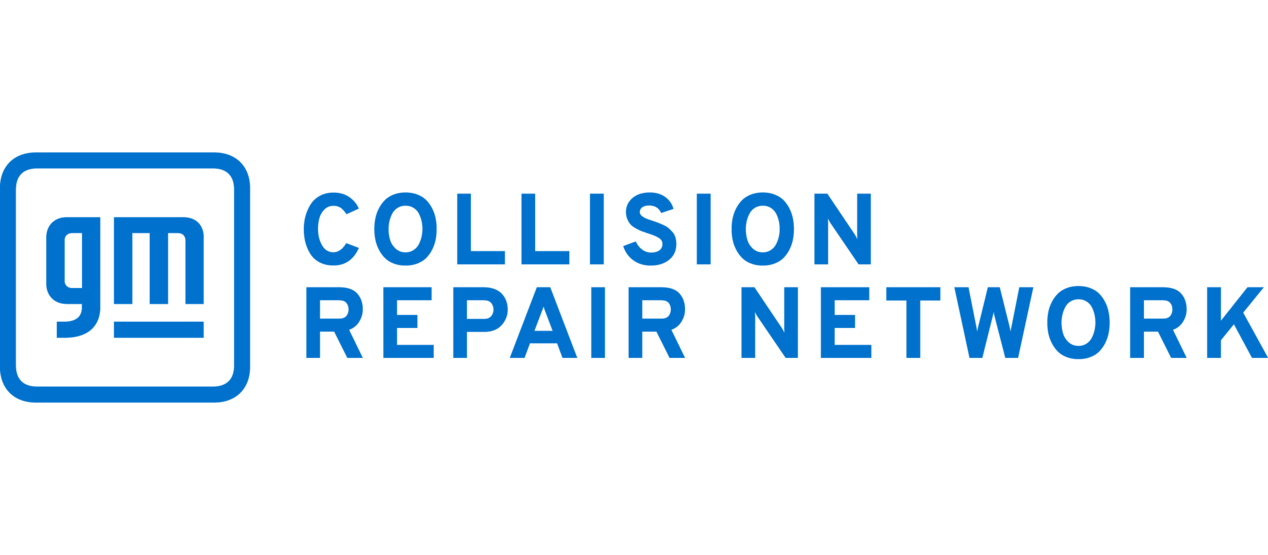
TURN TO GM COLLISION REPAIR NETWORK SHOPS
If your repairs appear to need the help of professionals, turn to a GM Collision Repair Network (CRN) shop. Each is trained and equipped to restore your GM vehicle to original specifications, using GM OE parts. Your vehicle will be back on the road with the peace of mind that comes with a certified shop.
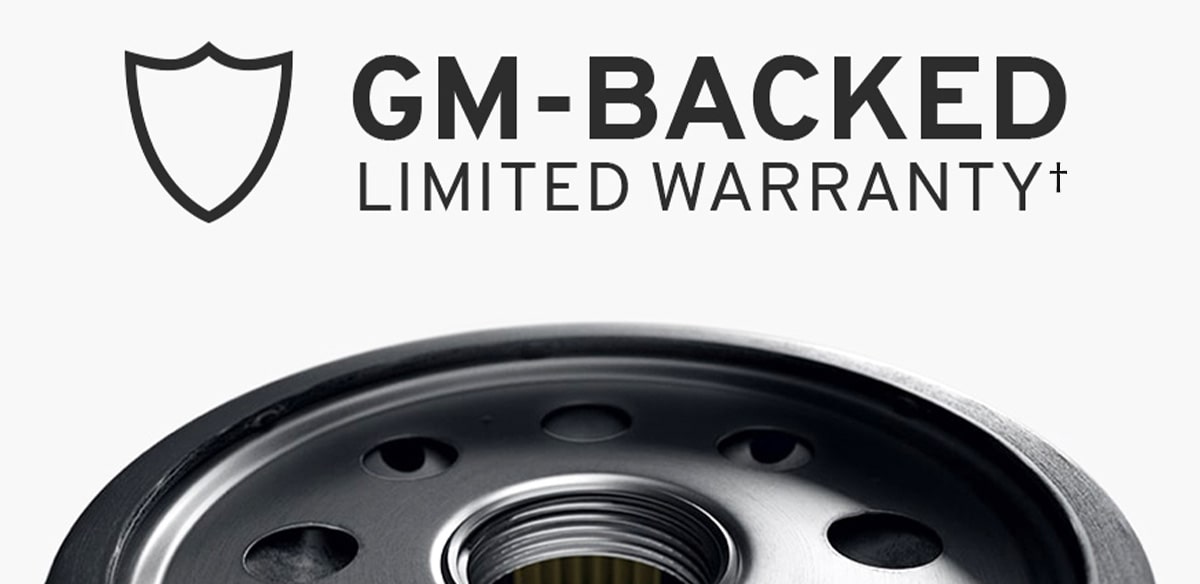
LIMITED WARRANTY
Most GM Original Equipment and Gold lines from GM Genuine Parts and ACDelco come backed with a 24-month/unlimited-mile limited


